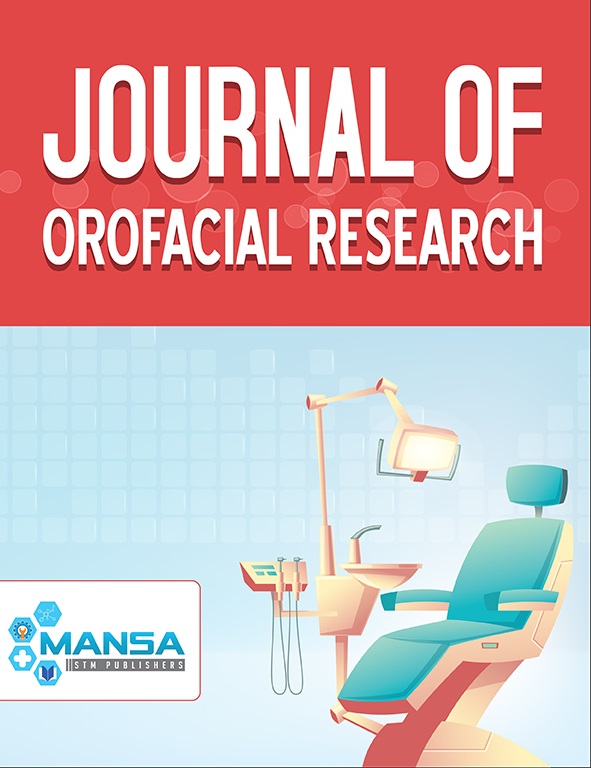Comparative Evaluation of Gap Arthroplasty and Interpositional Arthroplasty using Temporalis Fascia in the Management of Temporomandibular Joint Ankylosis
Keywords:
Temporomandibular joint ankylosis, Gap arthroplasty, Interpositional arthroplastyAbstract
Introduction: The ankylosis of temporomandibular Joint (TMJ) is challenging problem for both patient and surgeon. A variety of techniques for treatment of TMJ ankylosis have been described in literature. There are three basic techniques are currently employed: gap arthroplasty, interpositional arthroplasty and joint reconstruction. However, no single method has produced uniformly successful results. Limited range of motion and reankylosis are most frequently reported complication. Aims and objectives: The purpose of this study was to evaluate and compare the two available techniques of gap arthroplasty to achieve maximum interincisal mouth opening for the treatment of ankylosis and the objective was to select postoperative regimen and better technique to minimize reankylosis. Materials and methods: Twenty patients with TMJ ankylosis were included in this study. The age of selected patients were in ranged from 5 to 25 years and divided in two groups. In group I patients, gap arthroplasty was performed and in group II patients, interpositional arthroplasty with temporalis facias flap was performed. Results: There is no significant difference observed in postoperative mouth opening. In group I patients treated with gap arthroplasty the postoperative mean interincisal opening after 1 year follow-up was 30.60 mm and in group II mean interincisal opening after 1 year follow-up was 32.60 mm. Conclusion: From the result one can conclude that there is no significant difference between the patients treated with interpositional arthroplasty and gap arthroplasty. The overall outcome of the treatment depends on patient’s cooperation, active physiotherapy and regular follow-up.

